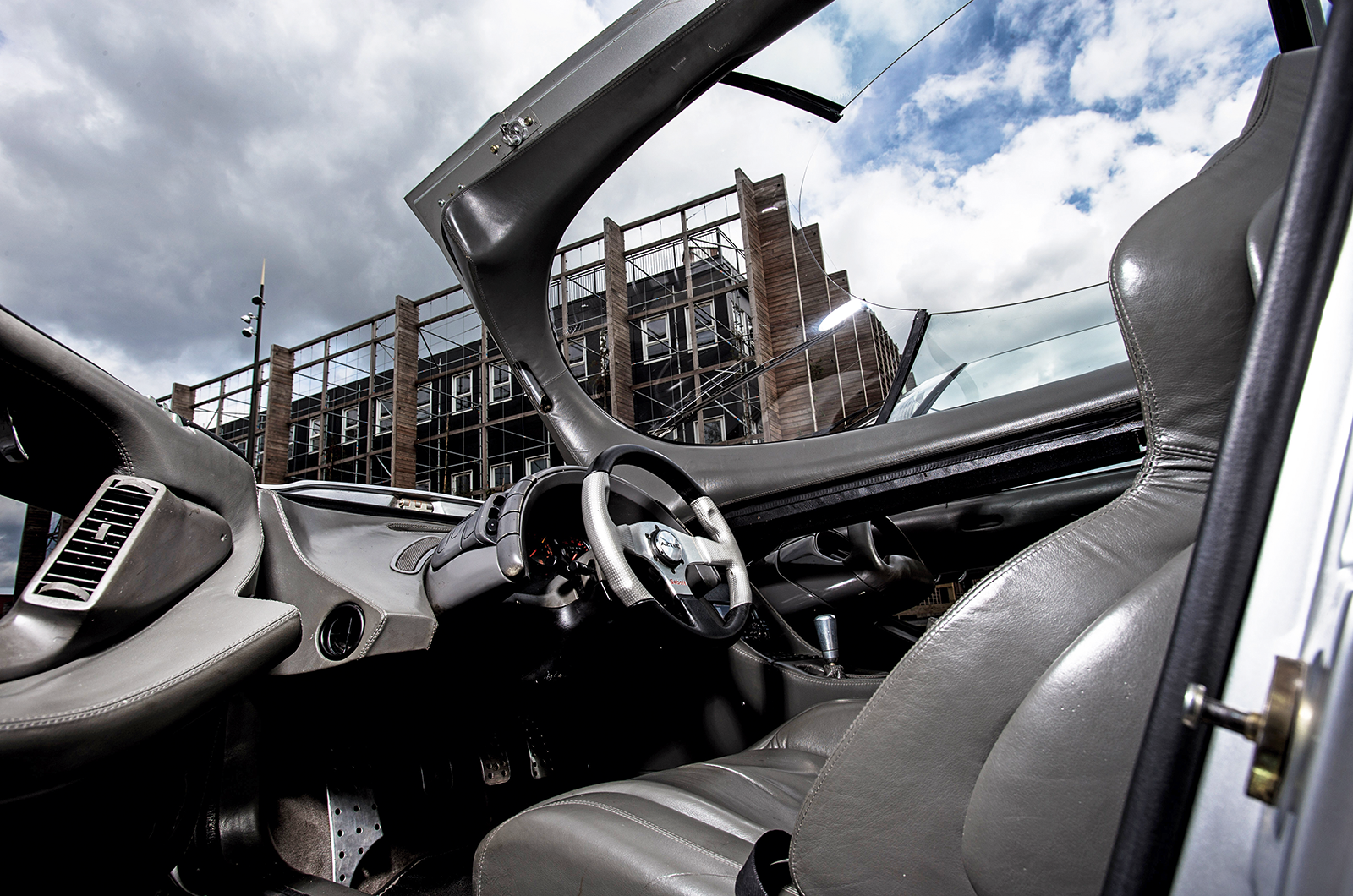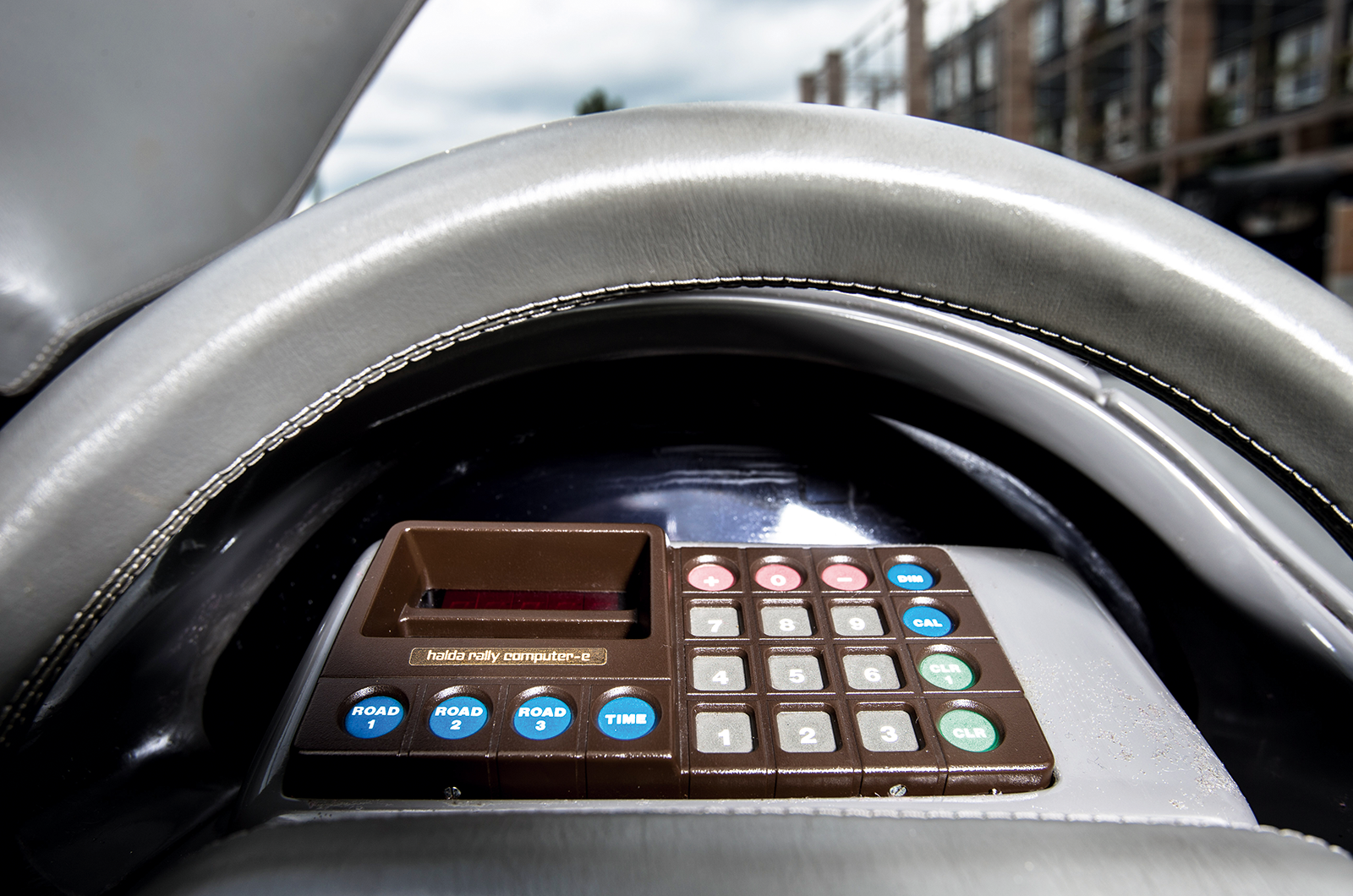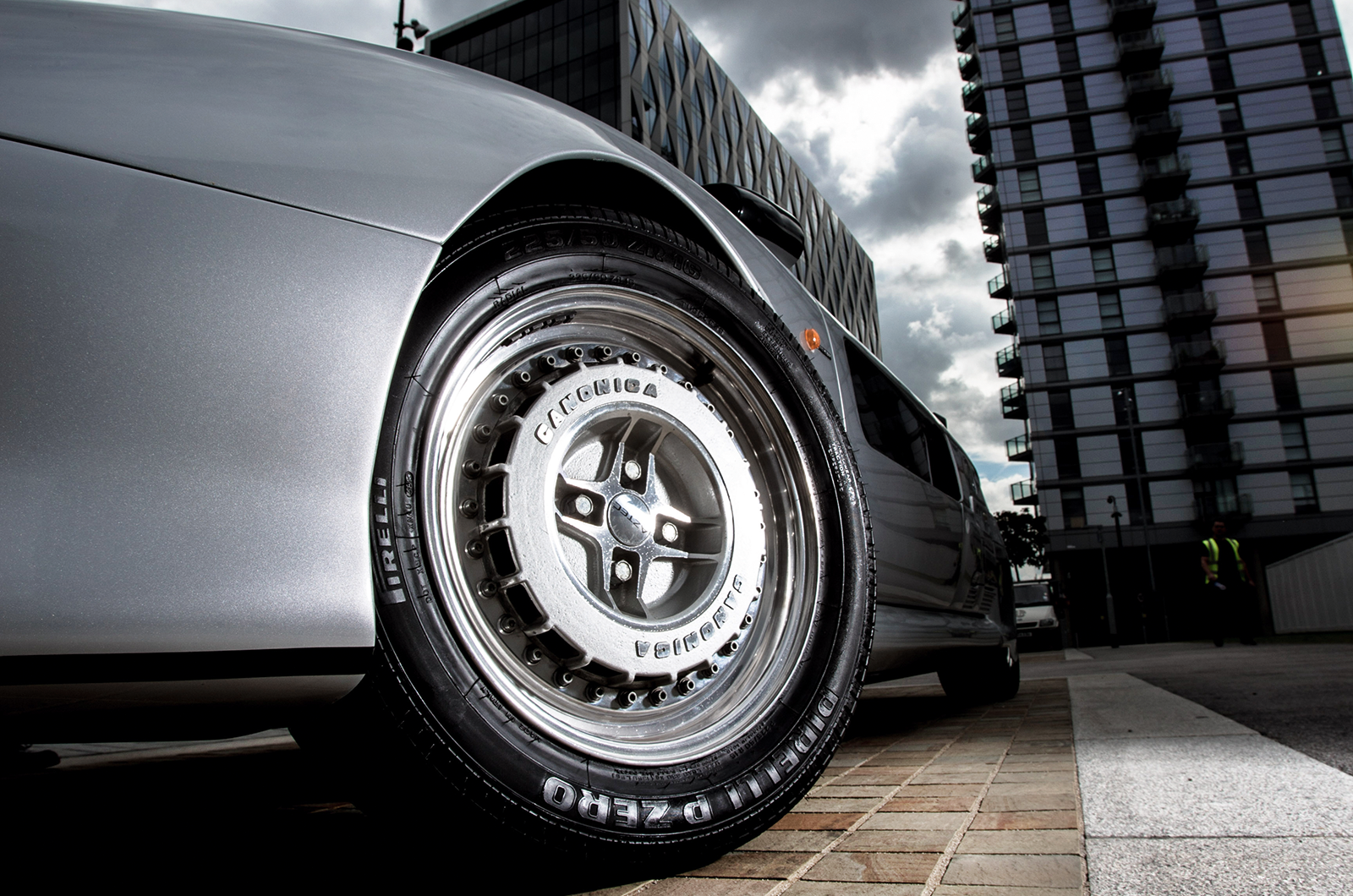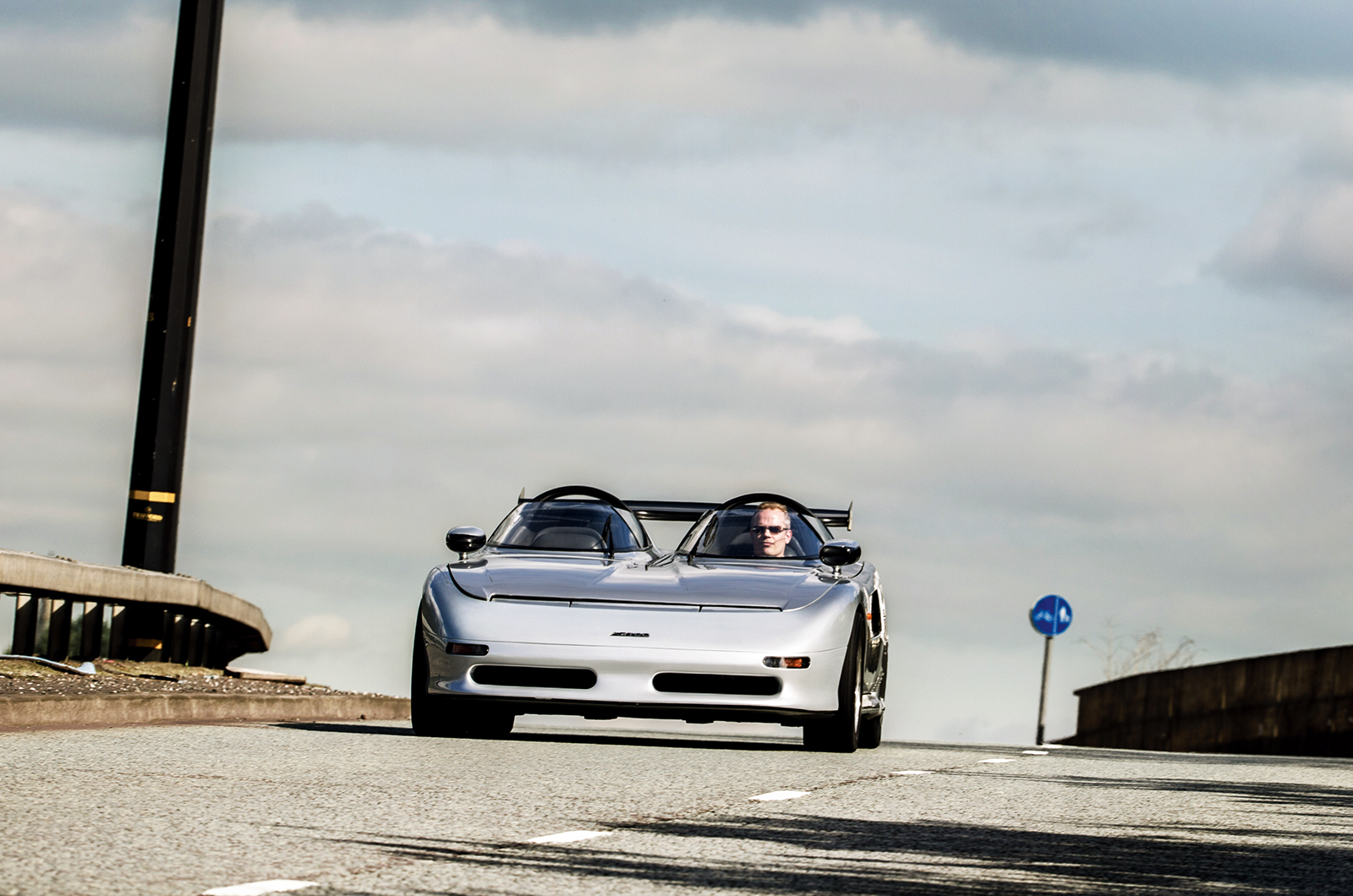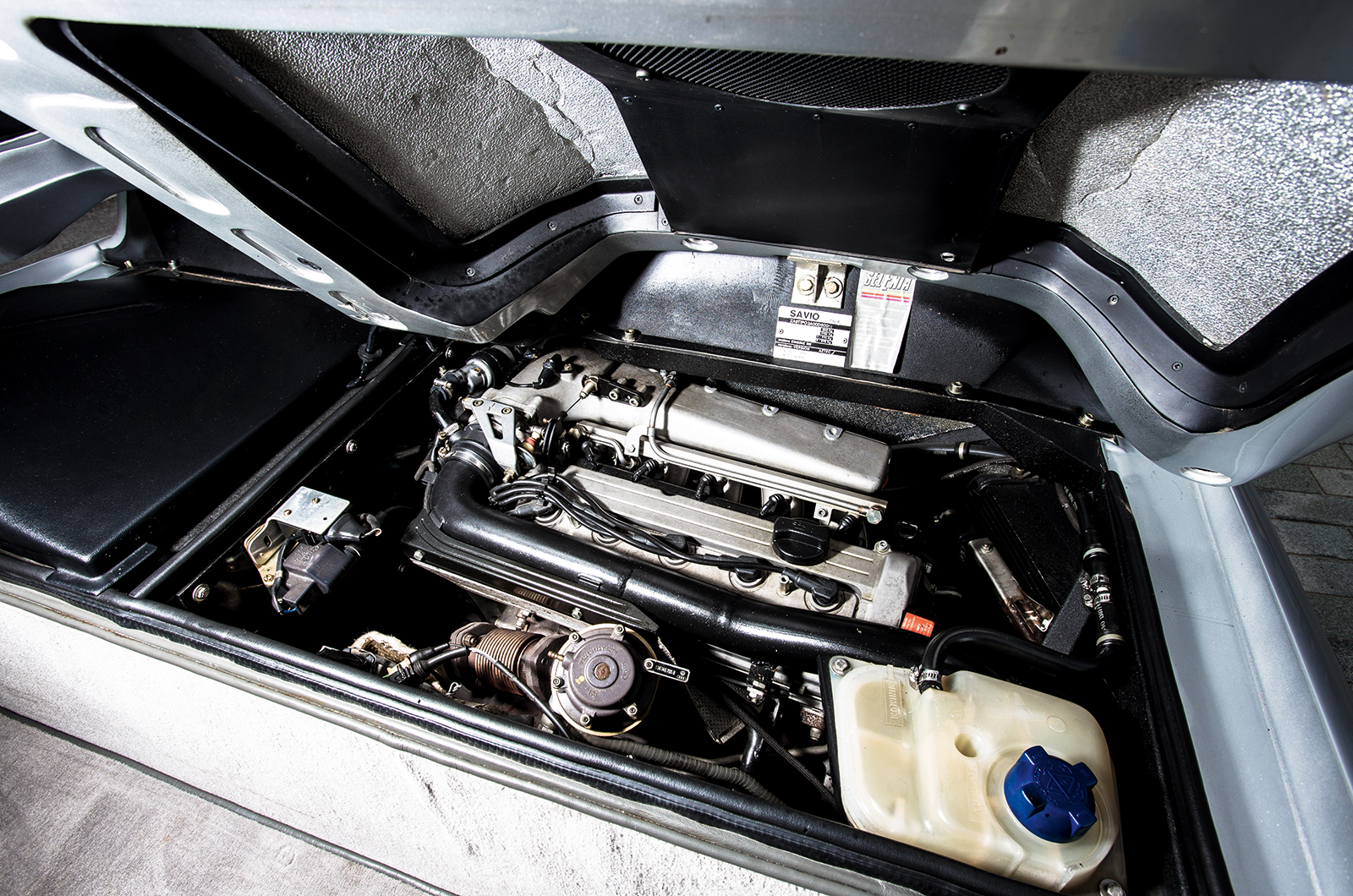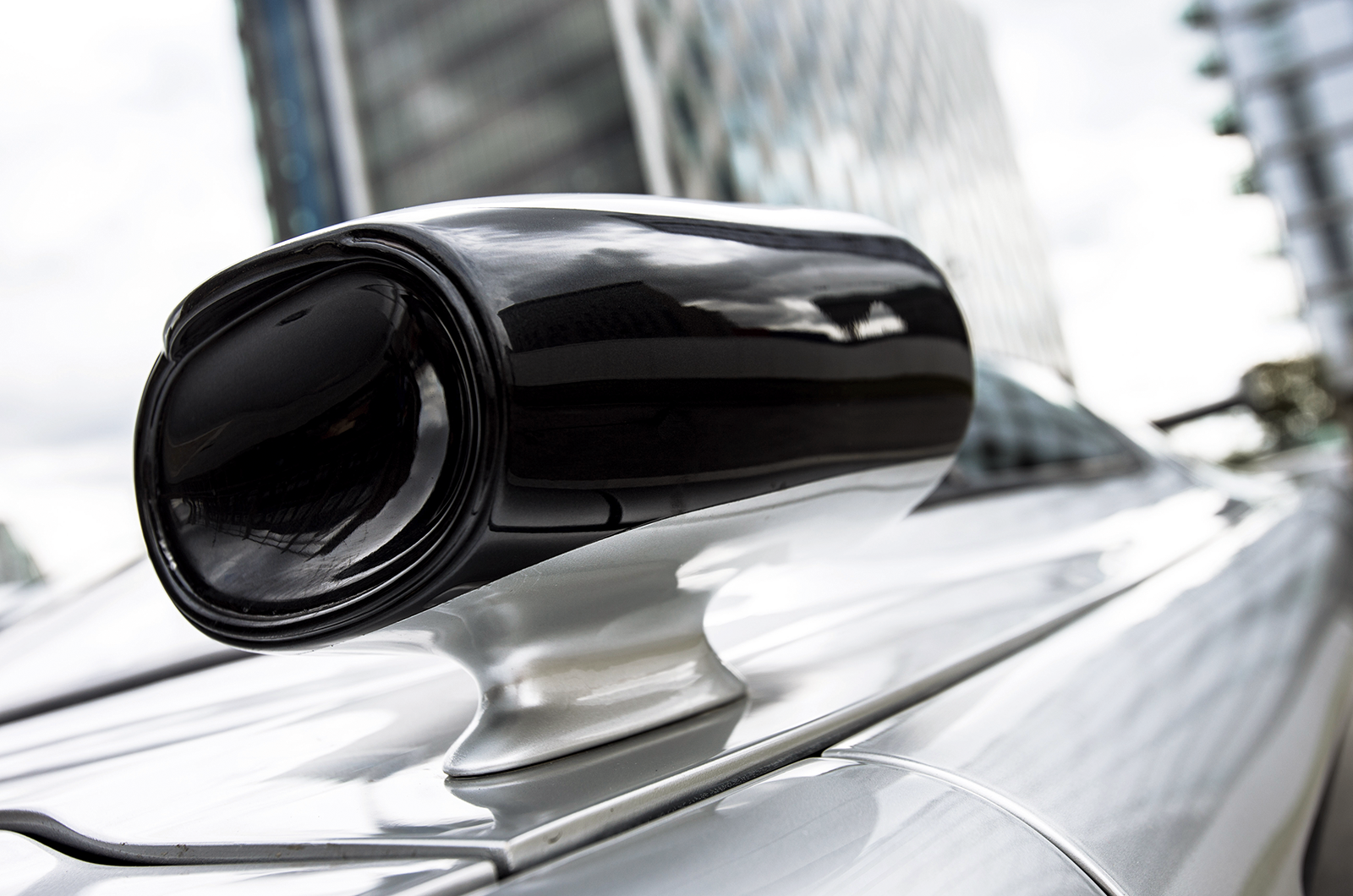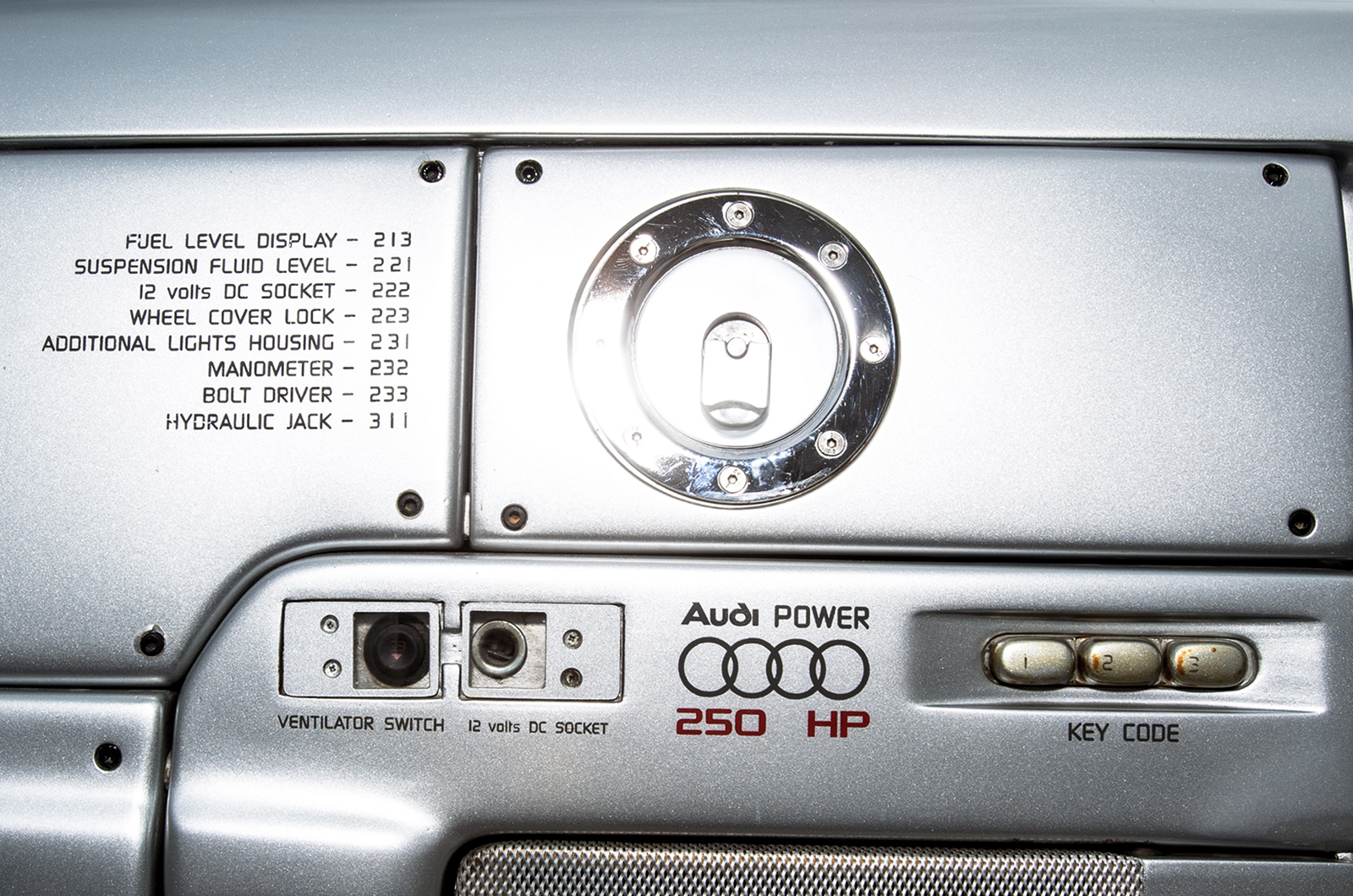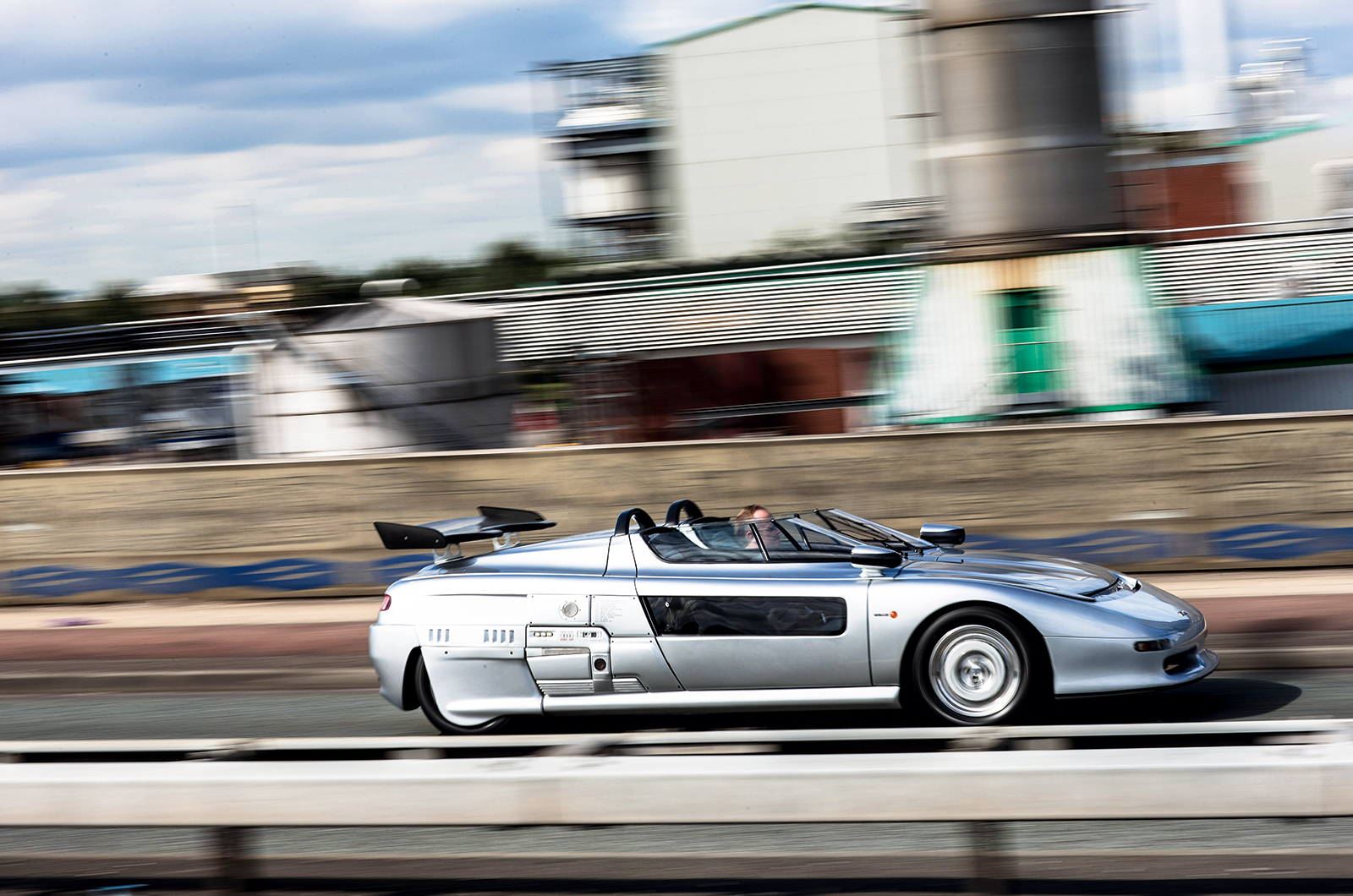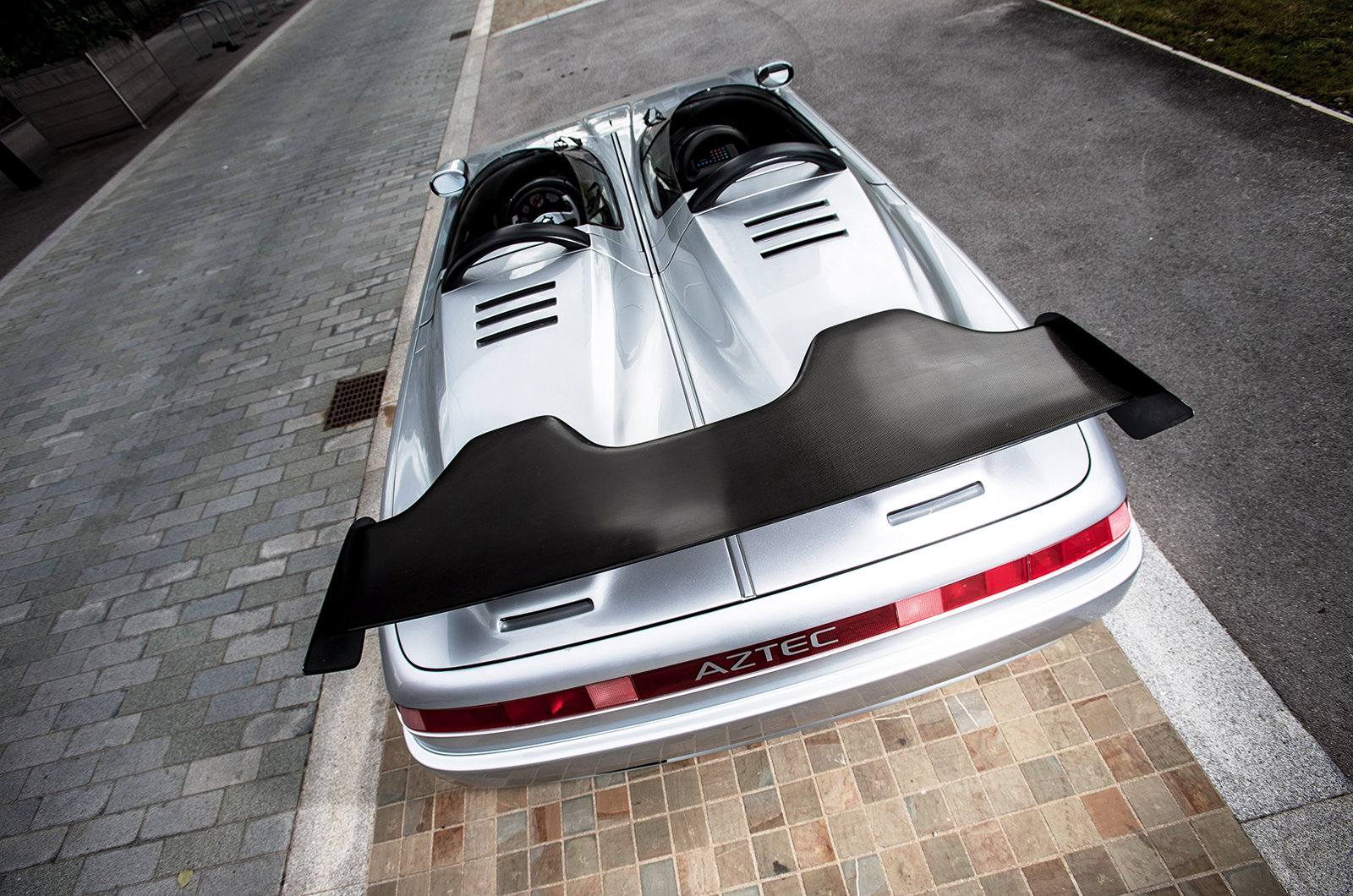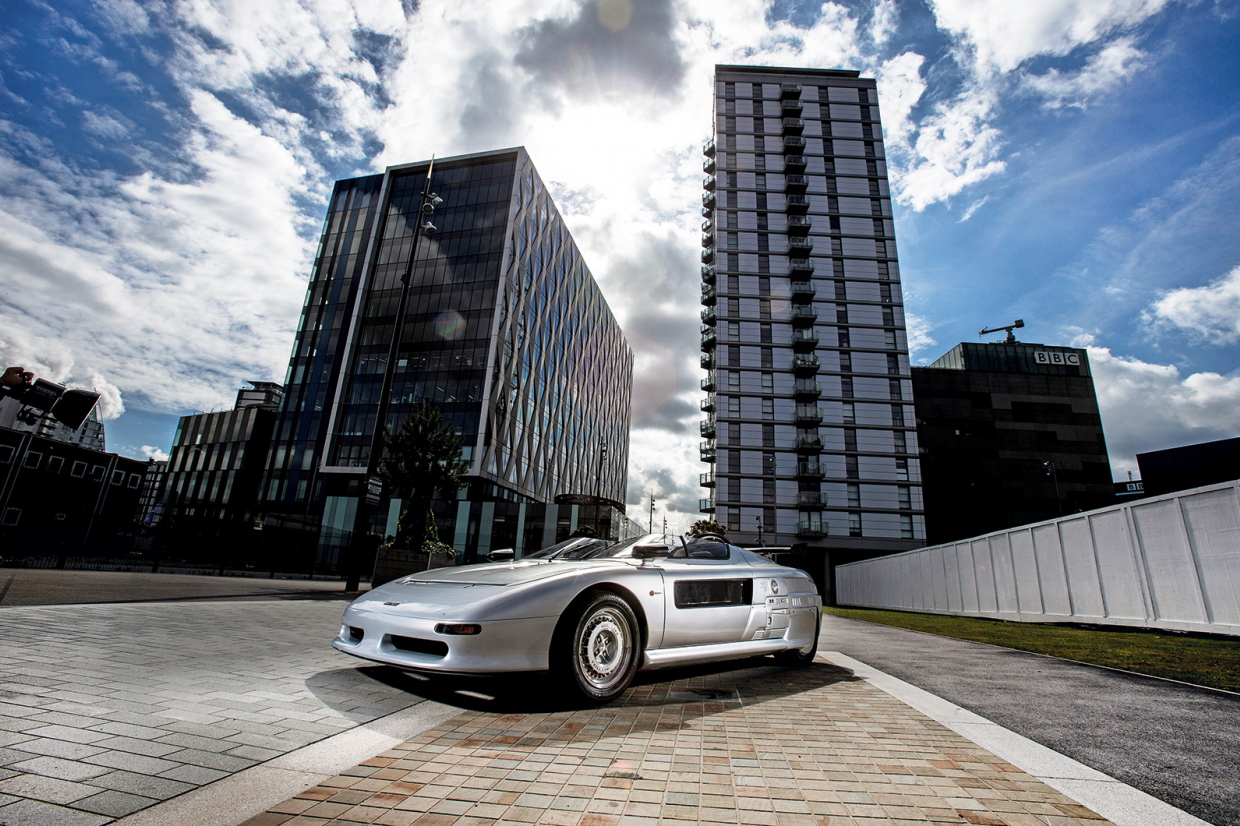
It wasn’t funny the first time. “Where we’re going, we don’t need roads,” proclaims our hero. That would be Back to the Future reference no 67.
Cursing silently, there are fixed grins all round as we bat away further questions and quips from his mates: no, it isn’t a spaceship; no, aliens haven’t invaded Salford; no, you can’t have a go.
And this is just the opening salvo. This isn’t a mere photoshoot any more, it’s an event.
And then, as if by magic, he appears. A ‘creative’ from a nearby PR agency begins holding forth.
He’s spotted the ‘four rings’ insignia down the car’s flanks and claims, without a hint of irony: “Yes, this is the new Audi electric sports car. I didn’t think it was out yet.” It isn’t, and it’s not. Deep breath.
It’s an Italdesign Aztec. It was designed by Giorgetto Giugiaro. It has a Lancia Delta Integrale platform and an Audi petrol engine. It was first seen in 1988.
No, you can’t have a go.
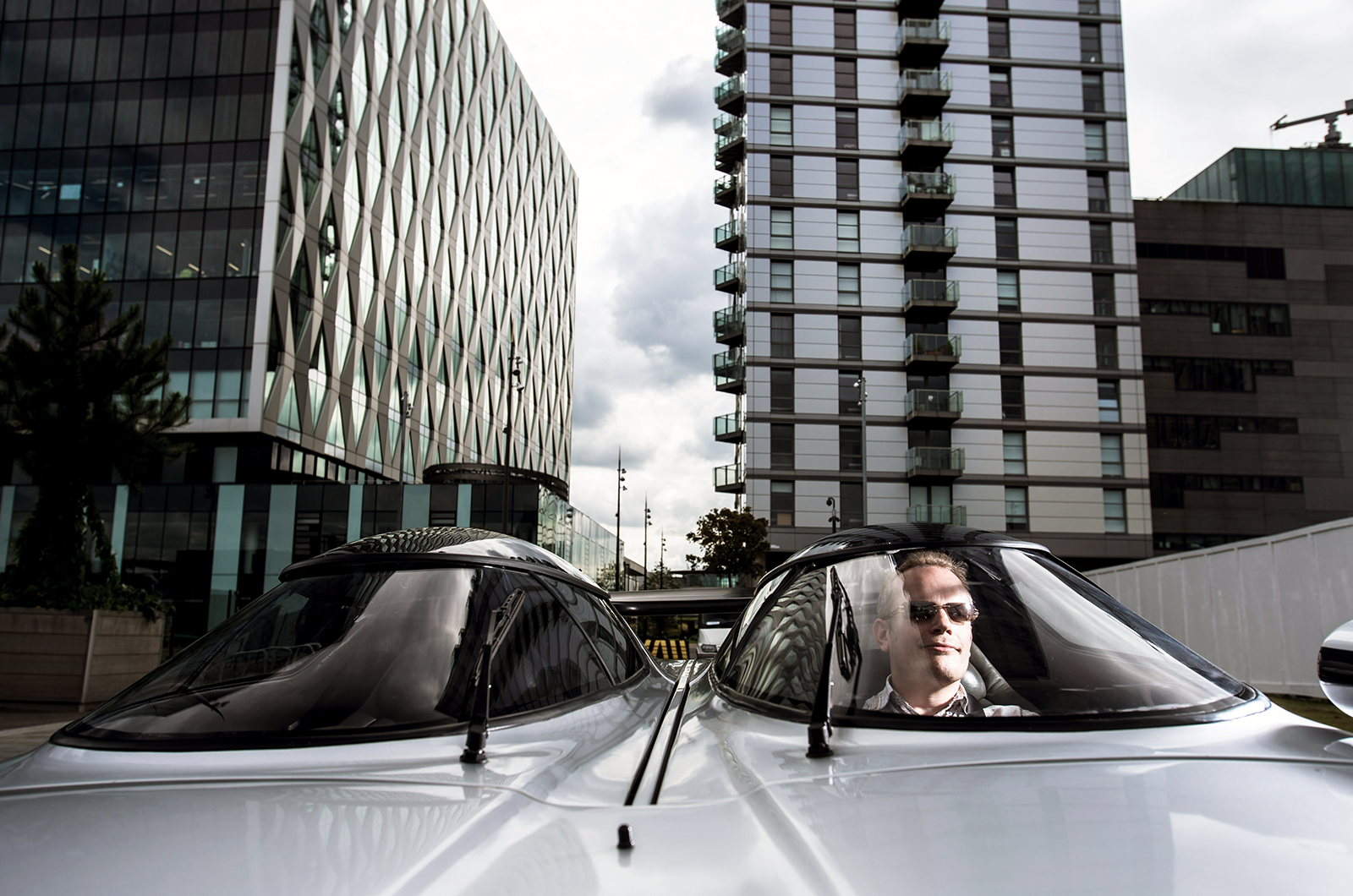
The unusual cockpit still turns heads today
Few classics are imbued with such a sense of occasion as this concept car made production reality.

